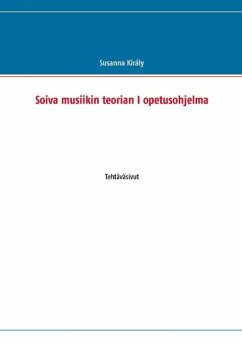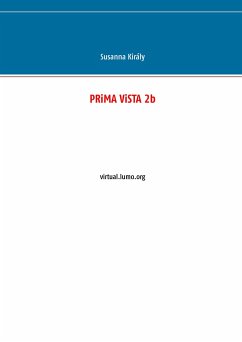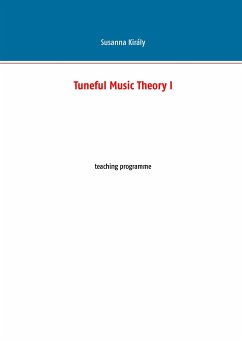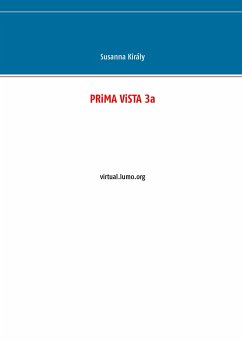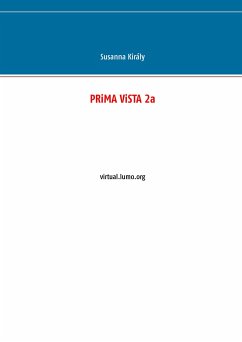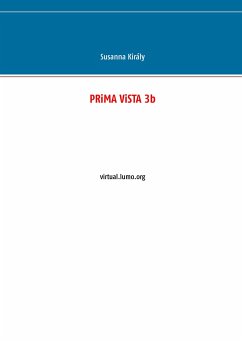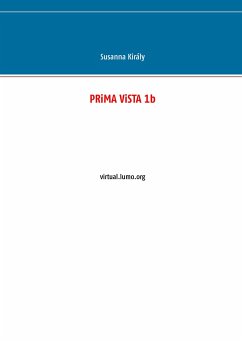Many students find music theory and ear-training difficult.
During the 1990s, in connection with my licentiate thesis "Solfège in the Computer Classroom" (2000), I initiated a research project which focused on learning outcomes in middle-grade and higher-level classes, and started to develop a CAI method for teaching and learning music theory and ear-training.
According to Zoltán Kodály (1911) the goal is not impart concepts and knowledge, but first of all, training:"The only authentic aim of music theory teaching and learning is not to make known concepts and knowledge, but first of all training. We must help our pupils to learn sight-reading from notes and to be able to notate the music they hear in every way. Theory and analysis are good only in as much as they are necessary in the execution of the practical work."
Valmistaja: Books on Demand GmbH, Norderstedt, Saksa / Kustantaja: Books on Demand GmbH, Helsinki, Suomi
Hinweis: Dieser Artikel kann nur an eine deutsche Lieferadresse ausgeliefert werden.
During the 1990s, in connection with my licentiate thesis "Solfège in the Computer Classroom" (2000), I initiated a research project which focused on learning outcomes in middle-grade and higher-level classes, and started to develop a CAI method for teaching and learning music theory and ear-training.
According to Zoltán Kodály (1911) the goal is not impart concepts and knowledge, but first of all, training:"The only authentic aim of music theory teaching and learning is not to make known concepts and knowledge, but first of all training. We must help our pupils to learn sight-reading from notes and to be able to notate the music they hear in every way. Theory and analysis are good only in as much as they are necessary in the execution of the practical work."
Valmistaja: Books on Demand GmbH, Norderstedt, Saksa / Kustantaja: Books on Demand GmbH, Helsinki, Suomi
Hinweis: Dieser Artikel kann nur an eine deutsche Lieferadresse ausgeliefert werden.

